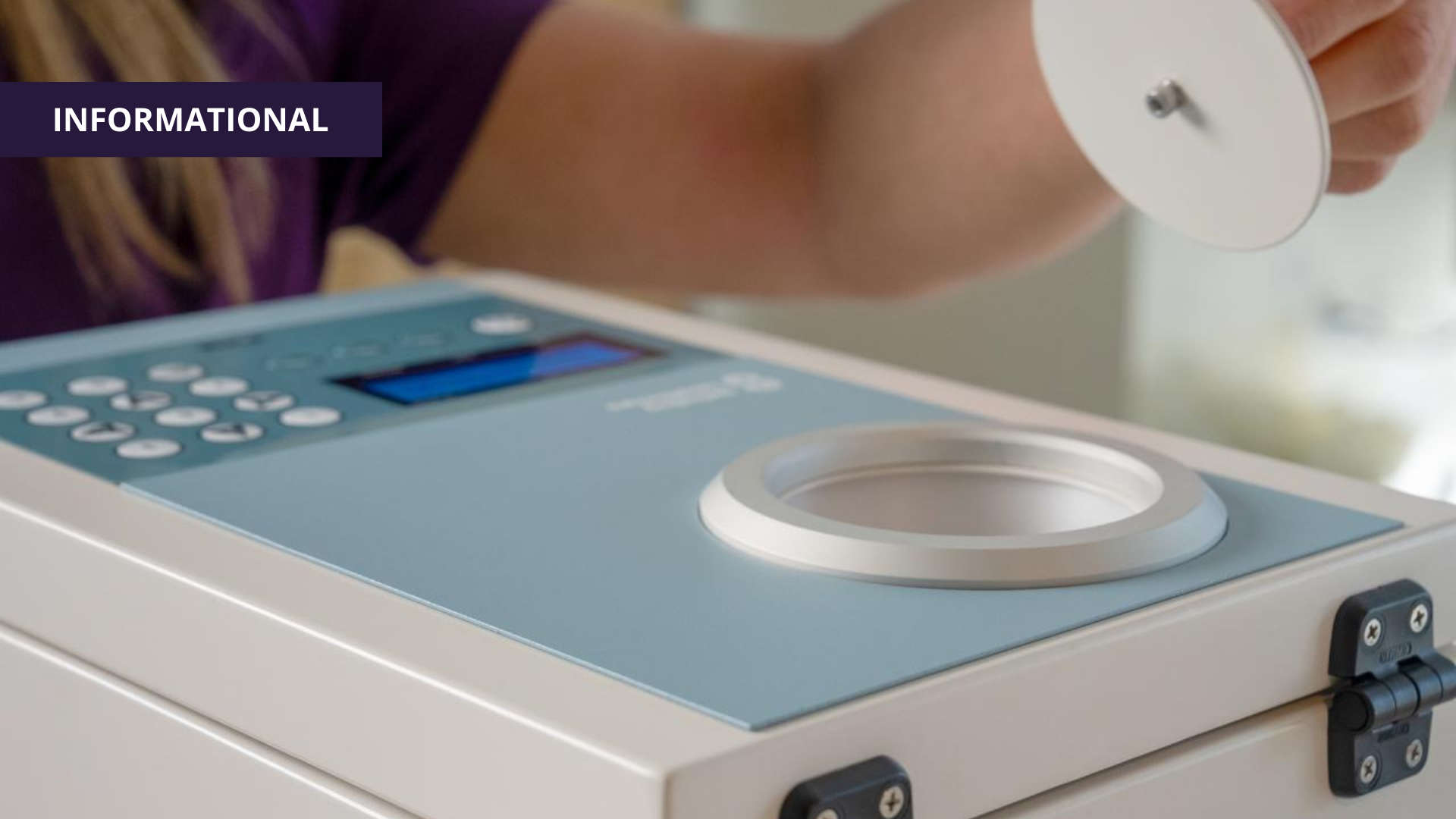5 Reasons to Partner with Vendors With Strong Alliances

Investment in Cost-Saving Technologies
According to a recent Deloitte survey, more hospitals are planning to invest in cost-saving technologies, such as generative AI and automation this year. The hope is to “cut in half the amount of time revenue cycle staff spend on mundane tasks” and to free up clinicians to spend more time on patient-facing care.
Given ongoing staffing challenges, this is a solid move for hospitals as they seek ways to automate many of the processes that take time away from hands-on patient care. It should be noted too that these technologies help improve process accuracy, thereby reducing human error, while they enable employees to move on to higher value tasks.
Technology Provider Selection
The selection of hospital technology providers, however, should be made carefully. An article in Forbes encourages those shopping for technology solutions to “look beyond the platform and consider the entire ecosystem.” More specifically it goes on to caution against investing in “all-in-one platforms” that can limit growth options.
This is an important point to consider. Given the rapid innovation producing new and better system designs, finding the right provider fit is critical for hospitals. It is especially important for hospitals seeking best-of-breed solutions that can perform up to their high standards. Because, while all-in-one platforms purchased from single source providers may appear to be easier to acquire and more expeditious to implement, there is a potential downside that bears noting.
Potential Issues with Single Source Suppliers
What are some of the potential issues with single source technology suppliers? Here are a few:
- Interfaces restricted to the vendor’s own components. Hospitals may be prevented from integrating with best-of-breed components from other third-party developers.
- Sub-par performance. A single vendor platform typically includes a mixed bag of superior, mediocre, and poor product components. Overall system quality may suffer.
- Increased vulnerability to cyberattacks. Unlike individually secured components, a single point of entry may make it easier for a hacker to bring down the entire platform.
- Less access to creativity and innovation. Maintaining all components of a product line takes up resources which often come at the expense of innovation.
A hospital entering into a contract with a single source technology supplier makes them vulnerable to the supplier’s own issues. These may include delays in production, or supply chain bottlenecks, as well as potential financial difficulties the supplier may experience. This all-eggs-in-one-basket approach can quickly become a quagmire of poorly performing components and increased maintenance challenges.
Benefits of Technology Partnerships
Experts interviewed in a Forbes article suggest that a better option is to seek providers who have strong technology partnerships.
Partnering with vendors with strong, established alliances enables hospitals to:
- Gain best-of-breed quality across all system components. It is in the best interests of vendors to select alliances offering high quality, best-of-breed components with development teams that are ahead of the curve, providing creativity and innovation.
- Maximize efficiency while minimizing sourcing time. Hospitals don’t have to piecemeal their own systems with best-of-breed components. Vendors with alliances have done the vetting of their potential alliance partners well in advance, selecting only those with proven track records for operational excellence.
- Leverage established interfaces from collaborative vendors. The integration work has already been done and the interfaces tested. No programming is needed by hospital IT personnel and development staff.
- Obtain cost-effective solutions without excessive negotiations. The vendor has already worked with their alliances to optimize pricing and secure strong maintenance contracts. Those benefits can be passed along to the hospital.
- Avoid one-size-fits-all models. The single source technology provider model typically lacks the flexibility to adapt and adjust to meet the dynamic needs of each hospital. Individual product suppliers are more focused on providing flexible components that can be more easily adapted to meet individual needs.
An example of the benefits of technology alliances can be found in the purchase of logistics systems. Pharmacy automation platforms, for instance, typically include several components that must work seamlessly together to achieve optimum efficiency. Single source vendors must spread their development resources across a spectrum of components. This may limit focus to one or two at the expense of others. The result is a lack of innovation and excellence across the board.
That is why innovative technology providers cultivate alliances with best-of-breed developers. As an example, Swisslog Healthcare recently announced a partnership with BD. BD's Pyxis™ Logistics inventory and workflow management integrates seamlessly with Swisslog Healthcare’s robotic automation to provide a smooth, efficient, accurate workflow. This best-of-breed pairing of software and robotics is a good example of how key alliances with tightly integrated technologies can work together to optimize hospital pharmacy operations.
Importance of Alliances
Leadership should allow their teams time to properly evaluate potential hospital technology providers. The easiest move, of course, is to contract with a single vendor who will handle the implementation of all system components and provide a single source for all your needs. However, as outlined above, that can result in serious limitations. Another option is to contract with individual suppliers, separately, for each piece of technology. It may get you best-of-breed quality, but it can become cumbersome in terms of contracts and service agreements.
That is why more hospitals are recognizing the value of partnering with technology providers who have established alliances with high quality suppliers. By doing so they are able to achieve the ease of working with a single partner, while enjoying the performance of best-of-breed components that work seamlessly together and are meticulously maintained.
Working with respected hospital technology providers who have established strong developer alliances removes a huge burden off the backs of hospital leadership. Instead of settling for a mediocre all-in-one solution, they can get best-of-breed components backed by a single partner. Better systems lead to better clinical outcomes and, ultimately, to a stronger financial and operational performance.







